Love them or hate them, squats can work wonders for your strength, flexibility, physique and power. This multijoint movement engages the glutes, hamstrings, quad, back and core, making it a great total-body exercise.
Before stepping into the squat rack or grabbing those heavy dumbbells, be sure to check in with your squat form. Stand in front of a mirror and begin with your feet slightly wider than shoulder-distance apart, giving yourself a good base of support. Throughout the squat, make sure your heels stay on the ground and your knees stay behind the front of your toes. As you begin to lower into the squat position, think about pushing your hips to the back of the room (or whatever is behind you). Continue to lower your glutes until parallel with the floor.
Remember: Squatting is like sitting in a chair. You don’t sit in a chair with your behind half in the air, do you? The bottom half of the squat is the hardest part and the portion of the exercise that really focuses on the glutes and hamstrings. In other words, get low, even if that means using no added weight at all.
Once you are at the bottom of your squat, check your form in the mirror. Are you sitting parallel to the floor? As you stand up, push your heels into the ground to generate a greater force. This is especially helpful once you start adding more weight. Focus on squeezing your glutes at the top of the squat as you come back to a standing position. Look straight ahead to help keep your shoulders back and your back straight while performing the squat.
Once you have mastered good squat form, you’re ready to move on to the following six squat variations. When lifting heavy weights, especially with a barbell above your shoulders, be sure to have a spotter.
1. Back squat

Back squats are great for power, strength and explosiveness. Begin by placing a barbell across your back. The barbell should rest on your traps, and your arms should make right angles as you grip the bar.
2. Dumbbell squat
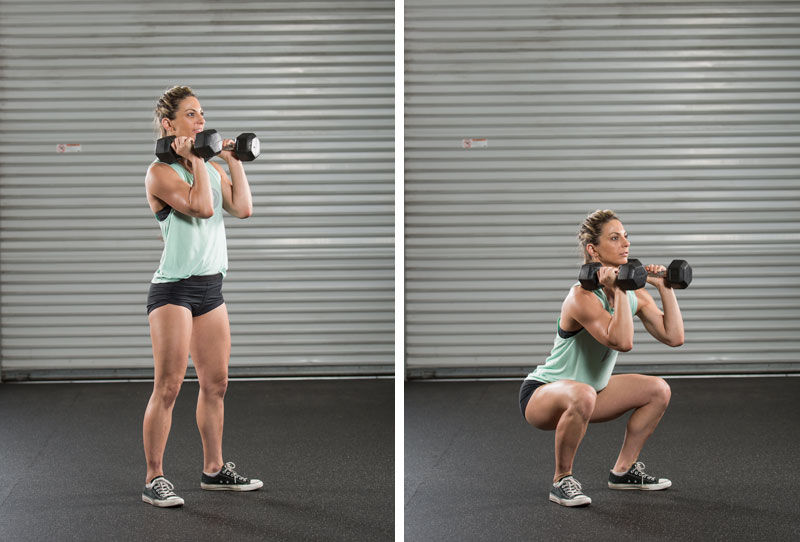
Hold two dumbbells just below your chin. As you lower into the squat position, get low to the point where your elbows touch your knees.
3. Plié squat
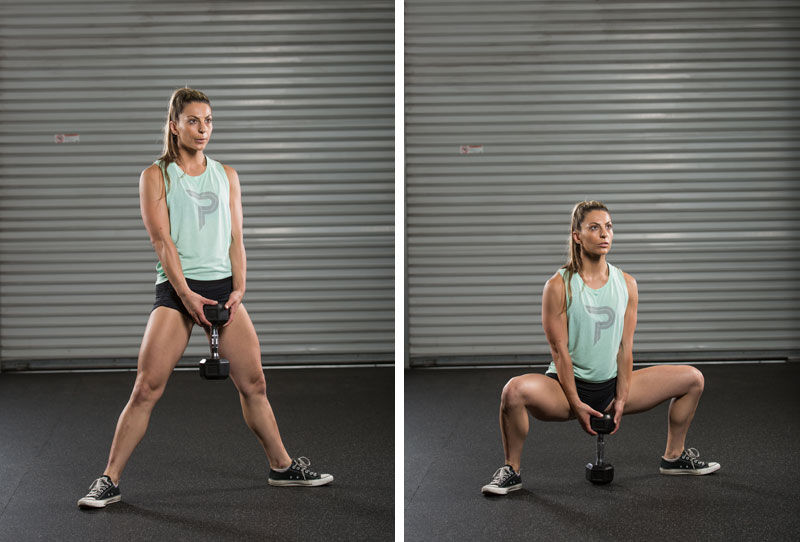
This variation requires you to take a wide stance, pointing your toes out at a 45-degree angle. Be sure to bring your hips low and then squeeze your glutes at the top of the motion. Plié squats can be done with a barbell, a kettlebell held between the legs, or a single dumbbell gripped in both hands.
4. Split squat
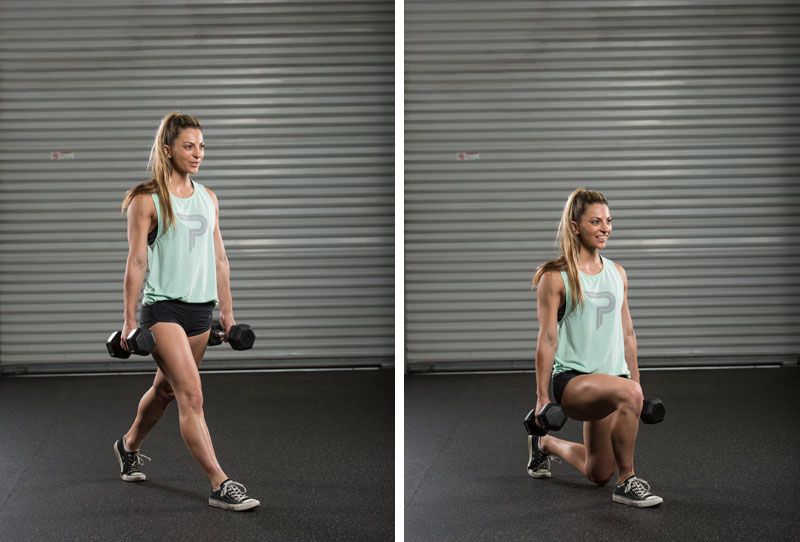
Stand with one foot in front of the other, similar to a lunge position. Hold dumbbells on either side of your body. Drop the back knee down, almost to the ground. Squeeze the glutes on the way up. Do all of your repetitions on one leg before switching to the other.
5. Bulgarian split squat
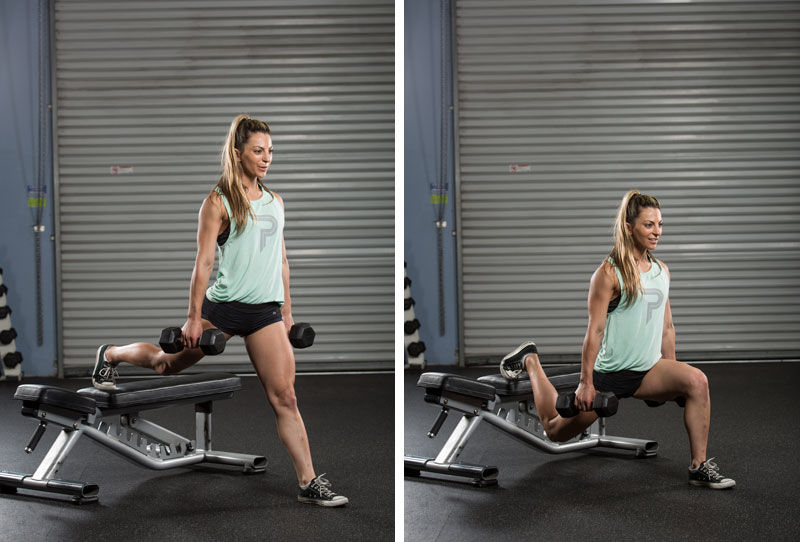
This variation is similar to a split squat, but you place the back leg up on a bench. When lowering the back knee, aim to get it close to the ground. The front foot should be far enough in front to give you a wide base of support. If this is a new move for you, start without added weight, as it takes some balance. Once you have mastered this movement, add dumbbells to up the intensity.
6. Jump squat
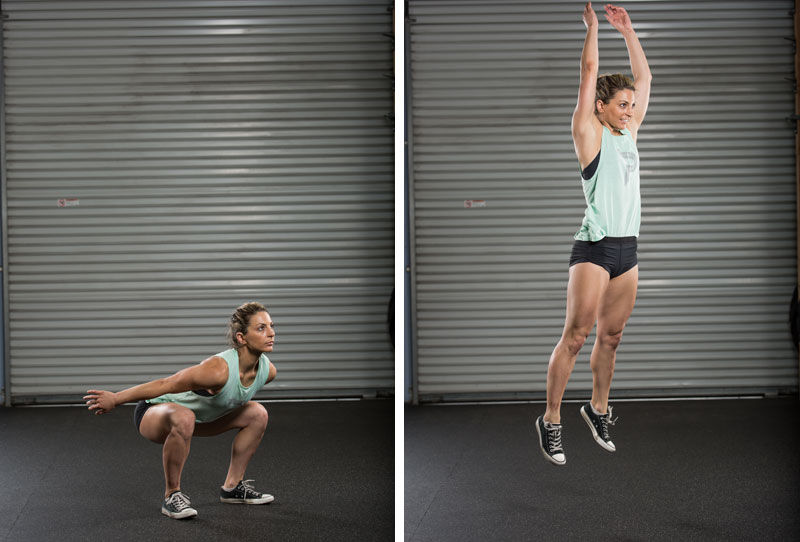
Plyometrics are a great way to get your heart rate up and the legs burning. I like to mix in some squat plyometrics into my leg workouts. Try to start and finish the jump in a squat position.
And there you have it, six squat variations to add into your workout routine. Remember form first, then weight.
 by
by 









